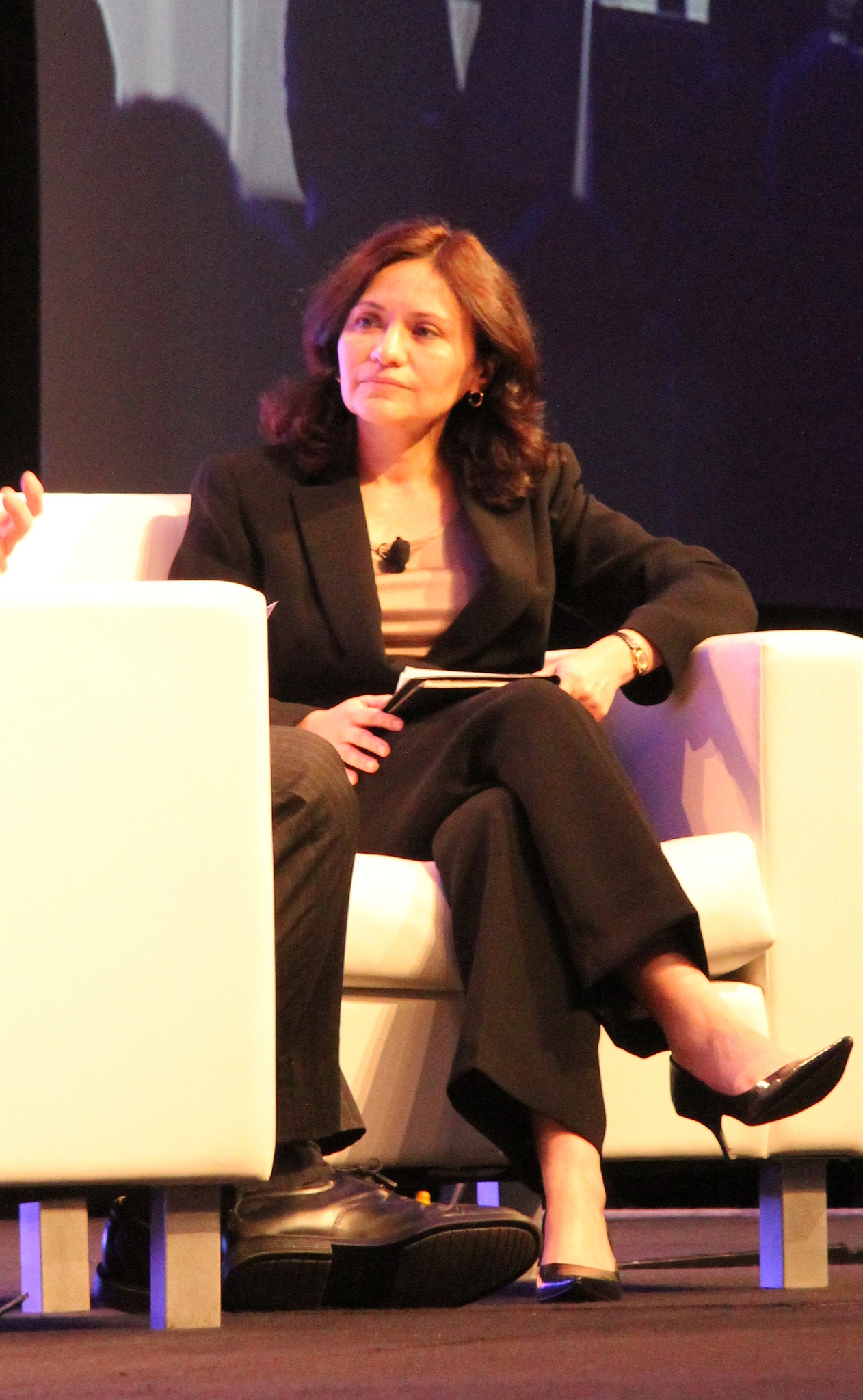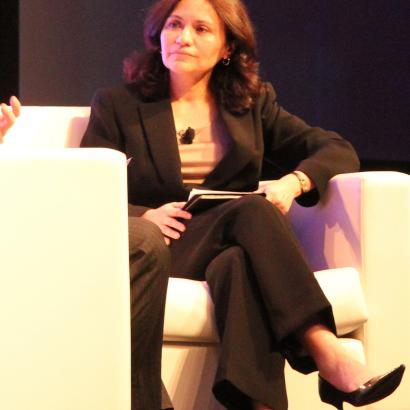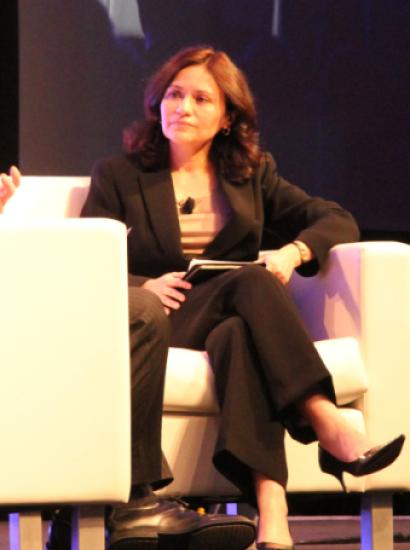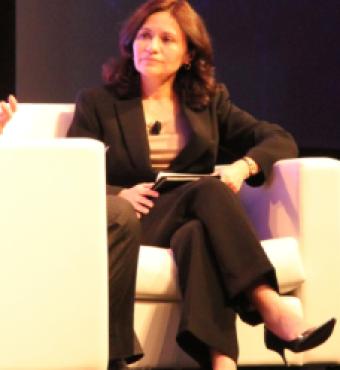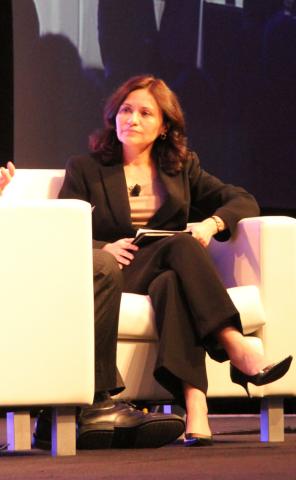- Politics, Institutions, and Public Opinion
This past week, the Federal Trade Commission by a 4 to 1 vote issued a one-page statement outlining its “Enforcement Principles” regarding “Unfair Methods of Competition” under Section 5 of the FTC Act of 1914 (the “Statement”). The Statement was announced by FTC Chairwoman, Democrat Edith Ramirez, and received the support of Republican Commissioner Joshua Wright, a distinguished pro-market defender. It was released partially in response to “growing calls” by Republicans in Congress and members of the business community for “clarity” about how broadly this statute should be read.
The touchstone of enforcement action by the FTC is “the promotion of consumer welfare” done under “a rule of reason” formula that is akin to that which is used under the antitrust laws. In general, the FTC is “less likely” to challenge actions if matters are covered by the Sherman and Clayton Acts.
To an outsider, the Statement sounds as though it is meaninglessly vague, and the dissenting Commissioner Republican Maureen K. Ohlhausen complained in her lengthy dissent that “this statement includes no examples of either lawful or unlawful conduct to provide practical guidance on how the commission will implement this open-ended enforcement policy.” Taking the Statement in isolation, it looks as though her criticism reaches home. But once the code is correctly interpreted, it appears that the FTC has taken a useful step in the right direction. To defend this cheery conclusion, it is helpful to place the Statement in historical context.
The story starts when Woodrow Wilson took office in 1913. Wilson was an enthusiastic backer of two complementary statutes that were intended to strengthen government control over various market processes. Section 7 of the Clayton Act made it unlawful to acquire either shares or assets of another corporation where “the effect of such acquisition may be substantially to lessen competition, or to tend to create a monopoly.” In the same year, the FTC received authority under Section 5 of the newly passed FTC Act to “prohibit unfair practices” with Section 5 stating: “Unfair methods of competition in or affecting commerce, and unfair or deceptive acts or practices in or affecting commerce, are hereby declared unlawful.”
A sensible initial reaction to this massive mandate is to reject it as hopelessly vague and politically dangerous, given the formless discretion it confers on key government officials. It is no surprise that this one short sentence has spawned an enormous and erratic jurisprudence over the past 100 years. But there is less randomness than appears at first sight, because the broad language of Section 5 sets up a real conflict between two polar opposite conceptions: classical liberal and progressive views of the regulatory state. The former strengthens the market institutions that the latter disrupts.
Start with the phrase “deceptive practices.” It covers not only deliberate misrepresentation, but also various forms of concealment or nondisclosure. The harder question is what, if anything is meant by the word “unfair” that is appended to it. At common law, it was widely understood that “unfair competition” was just a useful variation on traditional deceptive practices that applied where one merchant palmed off his own inferior goods, claiming that they were made by his competitor, or by falsely disparaging the quality of a competitor’s superior goods in an effort to divert sales to himself.
In addition, unfair practices covered efforts to disrupt a rival’s business by scaring away his customers with loud noises, or, in rare cases, using force to drive them away. Thus, under one interpretation of Section 5 the FTC simply creates a system for the administrative enforcement of legal norms that are essential to the operation of a competitive economy. Adam Smith can breathe easily.
A similar ambiguity is contained in the elusive phrase “unfair methods of competition,” which at its core also neatly covers the use of force and misrepresentation in business relations. But from the outset, this term also applied to various practices short of force and fraud that allowed a person to obtain an improper marketplace advantage. The obvious candidate for these unfair methods of competition were the practices made illegal under the antitrust laws, of which the easiest targets were efforts to monopolize or cartelize a market in ways that restricted output, fixed prices, or divided markets. At this point, the question is what does the FTC Act add to the Sherman and Clayton Acts that were already on the books.
But a second meaning of “unfair” has many progressive adherents who deeply distrust all competitive processes. In their view, many market practices themselves are rightly labeled as unfair, which justifies conscious and forcible government actions that override them. One possible candidate for such “unfair competition” is a business lowering prices in an effort to expand market share. The progressive notion of “ruinous competition” made popular in the New Deal period denounces those practices for the burdens it imposes on competitors, without regard to their impact on overall consumer welfare.
Tragically, this notion of unfair gained immense traction during the 1930s and led to the introduction of hundreds of codes of competition under the National Industrial Recovery Act (NIRA) of 1933. The NIRA ushered in a disastrous social experiment to fix wages and prices, set up production quotas, and restrict new entry into industry. In 1935 NIRA was struck down in ALA Schechter v. United States, in part because its definition of unfair competition went beyond the common law notion of “palming off.” But that decision was short-lived, for out of the ashes of the NIRA came the National Labor Relations Act of 1935, with its array of “unfair labor practices” and the Agricultural Adjustment Acts, which works toward the same end by establishing “fair exchange” values for commodities based on the prices set in the boom agricultural years between 1909 and 1914.
The good news is that this Statement moves the FTC sharply away from that progressive conception of fairness. The phrase ”consumer welfare” is commonly used in economics to defend competitive practices that raise overall welfare. The phrase makes it clear that the FTC will not protect competitors from competition, as so much of the New Deal legislation does. Consistent with that view, the Statement embraces the so-called “rule of reason” methodology of the antitrust laws, which evaluates any given act or practice by asking whether it “must cause, or be likely to cause, harm to competition or the competitive process, taking into account any associated cognizable efficiencies and business justifications.”
In most cases, this formulation will pose few obstacles to the FTC in going after horizontal arrangements (i.e. those among competitors) that tend to create monopolies and cartels. It also makes it a lot harder to prosecute various common business practices such as standard-setting organizations for complex technologies or loyalty discounts. The former are strictly necessary to allow an industry to establish uniform infrastructure, which enables competitive firms to communicate and cooperate with each other. The latter are used by all firms large and small to attract repeat business. Placing a strong thumb on the scale against prosecuting these so-called violations is a useful guideline to restrain FTC action.
There is still, of course, the question of why it is that the FTC needs its so-called “standalone” authority to pursue violations given the wide purview of the antitrust laws. In her recent speech about the Statement at George Washington Law School, FTC Chairwoman Ramirez gave two reasons to support the FTC’s residual authority. She first claimed that the range of potential improper trade practices is so vast and ever-changing that the FTC needs its equally vast authority to respond to new challenges brought on by technological and economic progress. The standalone authority was thus needed “to reflect changing times, new business practices, and improved techniques for evaluating competitive harms and benefits.” A “flexible understanding” of Section 5 can reach “antitrust problems” that aren’t caught under the Sherman and Clayton Acts.
Both points are subject to serious conceptual challenges. First, Ramirez overstates the need to reformulate antitrust principles in light of new social circumstances. Standard antitrust analysis starts with the “widget.” It does this because the basic principles of competition and cartelization that applied to the sale of one good in 1914 apply with equal force to the sale of another today. Similarly, setting up an efficient rail network 100 years ago presents many of the same challenges that the Internet does today. The disastrous set of Federal Communications regulations dealing with Net Neutrality rest on progressive economic principles as faulty today as they were when their predecessor regulations promulgated by the Federal Radio Commission took shape nearly 90 years ago. Better one page of horse sense than hundreds of pages of regulatory babble. Flexibility is an overrated crutch that excuses regulators from the task of formulating sensible principles.
Happily, Ramirez does not fall into a trap of her own making, for she is scrupulously careful in identifying the cases covered by the FTC’s standalone authority. These include cases involving “invitations to collude” or the sharing of price sensitive information with competitors. I agree that both these actions merit antitrust scrutiny. But Section 2 of the Sherman Act is equal to the challenge when it provides that “every person who shall monopolize, or attempt to monopolize, or combine or conspire with any other person or persons, to monopolize any part of the trade or commerce” in the United States or with foreign nations is committing an illegal act. The word “attempt” covers both cases.
But even if the Sherman Act applies, there is little harm in using the standalone authority in this incremental fashion to plug supposed gaps in the statutory language. The presumption against using the standalone authority when either the Sherman or Clayton Act “is sufficient to address” some competitive harm is a useful limiting principle.
Commissioner Ohlhausen has done a valuable service in pointing out the potential ways that the FTC might go off the rails. But the bottom line is this: Anyone who looks at the mindless net neutrality regulations of the FCC, the EPA’s prolix clean coal power regulations, the SEC’s new regulations on CEO pay ratio disclosure, or the FDA’s stance on off-label use should recall the perverse nature of most government regulations. Fortunately, the intellectual exchange taking place within the FTC shows that it is still possible for public officials to grapple with serious problems in a responsible way. May other government officials follow suit.







